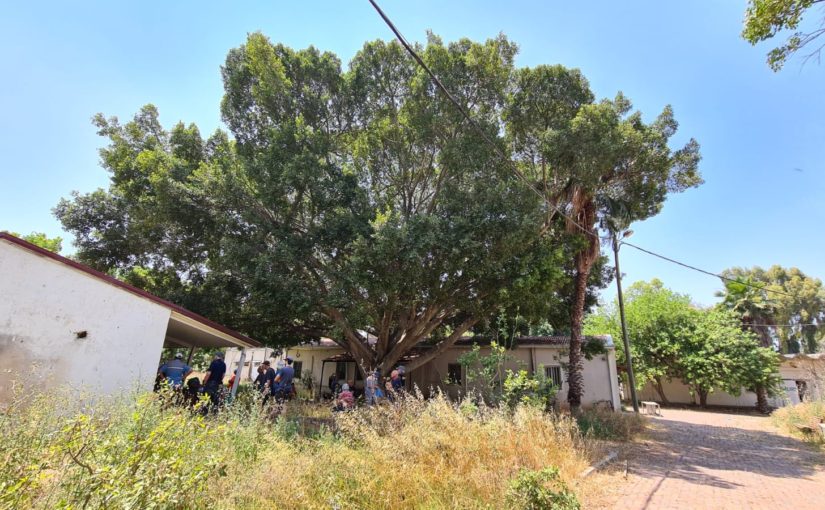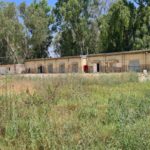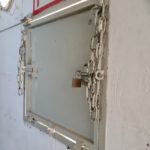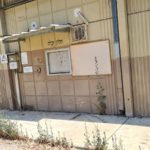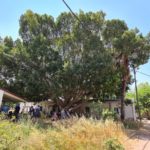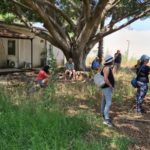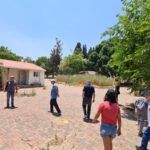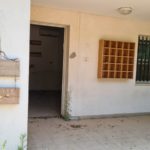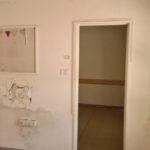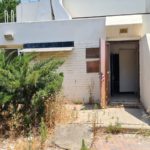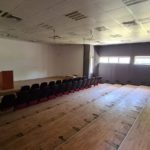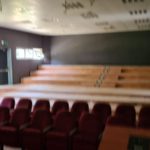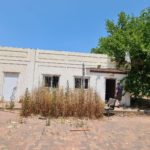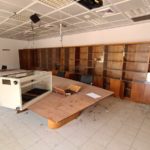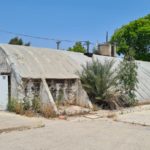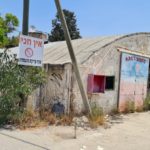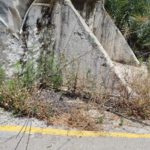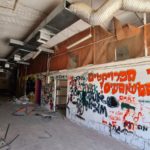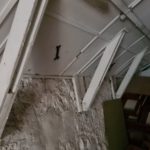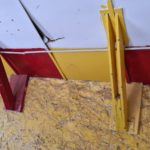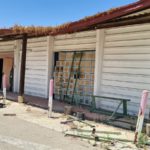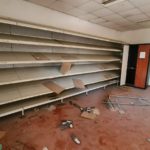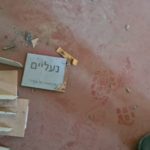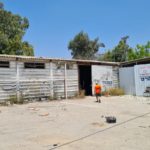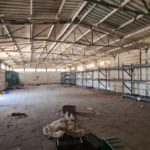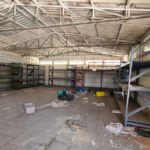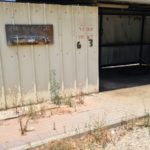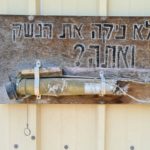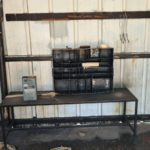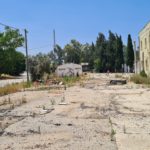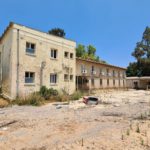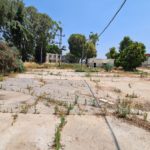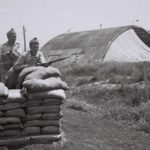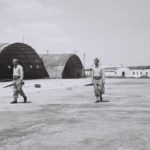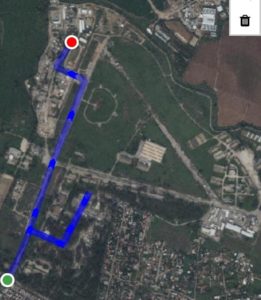Hi,
Today we visit Sirkin Airport (also called Petah Tiqva airport) in the last days before it will be demolished and become another residential neighborhood of the nearby city of Petah Tikva.
The airport was used as such only for a short time (1942-1948) during the British Mendate. It was built on 1942 as the 2nd part of the British building of Airports in Israel during on WWII. On 1941 they were built on the Northern part of Israel when the threat was from Syria (which was under French Vichy rule). And on 1942 they were built as the threat was also from Rommel advance in Africa. In total 22 RAF airports and airfields were built here, what made the land of Israel the highest airports to area in British Empire.
The airport was built with crossing runways as it takes less area and more easy to operate. This configuration is more vulnerable to airstrikes, as one bomb strike can shut down the whole airport. Almost all the airports were named after nearby Arabs villages, except this airport (that was named after the nearby kfar Sirkin) and Ramat David.
During this time the soldiers in the airport were treated as sons the Jewish settlement during WWII as they defended it against the Nazi regime. They were invited to hang out in Kfar Sirkin or Petach Tikva (if those were Australians or Kiwis, they could even date the girls). After WWII, they were enemies. As the aircraft took off to find the Jewish Holocaust survivors trying to reach the land of Israel (like Saba Arieh). One operation against the base was on 25.11.1945 when the Lehi sneak in the base and stole light weapons. Another operation against the aircraft was on 26.02.1946 when the Lehi managed penetrate the base and blow up 2 Spitfires aircraft.
Just after the War of Independence, during 1948-1950 the base was abounded, and until 1950. It then housed the Israeli Air Force Flight Academy, till 1955. It then turned to be IDF officer school till 1968.
The base also housed IDF special units. Sayeret Matkal, one of the best military units in the world, set its base here on 1957 (and moved out on 2021). IDF canine special unit, Oketz, set here until it moved to Adam base (2005), because the neighbors complained about the dogs did at night. Yahalom, special combat engineering unit set here until 2021. The place also housed many other classified units that you not even heard about, and now moved out to other bases.
We got there as part of special goodbye tours to Sirkin airport (as it is 80 years old) and to the Sirkin base (as it been evacuated now days). Those 2,100 dunams of the base will soon be residential buildings.
Take Care
Gad
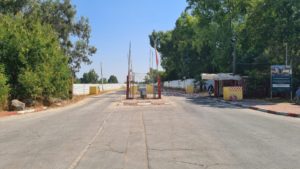
The gate of Sirkin base, now with a civilian guard. They rumer was MPs were not allowed to enter.
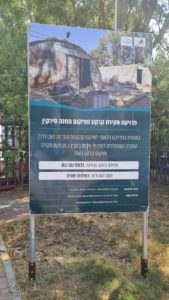
The works of preparing the ground for residential building will take around 3 years (from October 2021)
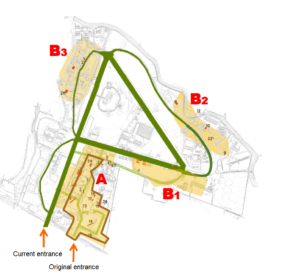
The airport regions (Source: Shapiroarc.com)
Area A
Hosted the airport historical center
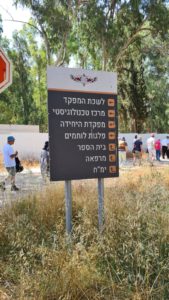
Yahalom unit sign
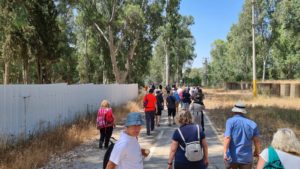
Easy to recognize Sirkin base as British military – the Eucalyptus trees.
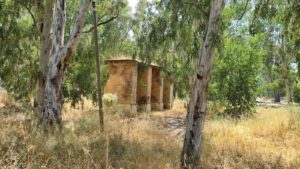
The base of the British water tanks, building for preservation.
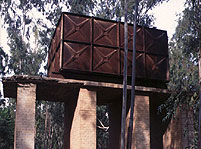
An old pic of the water tank. Pay attention to the typical X marks on the tank (Source: IAF.org.il)
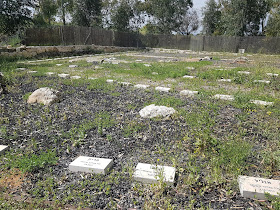
Further to the South is Oketz unit dog cemetery. The tombs where taken to Adam and the corpses were probably dug out by the jackals. (Source: onegshabbat.blogspot.com)
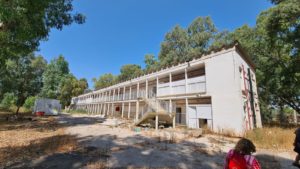
Barracks built on 1950 for the pilot training course soldier, later used for Oketz unit (were Nathan served) and later on for Yahalom unit (where Fatma husband served)
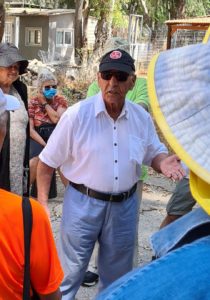
Eliezer, Cheeta, Cohen – served as a pilot and learned here how to fly (when he finished his pilot training course his father asked him “did you fly on a plane alone?” 🙂). He got his nickname after the chimpanzee from Tarzan movies.
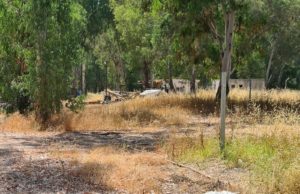
The Bomb disposal unit bombs graveyard.
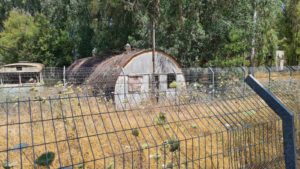
Nissen hut from 1942 used as barracks for RAF soldiers (1942-1948), and this guy as a soldier in officer training course for 4 months (1955-1968)
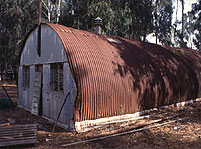
This is one of 3 Nissen huts left in Israel, all in Sirkin base (Source: IAF.org.il)
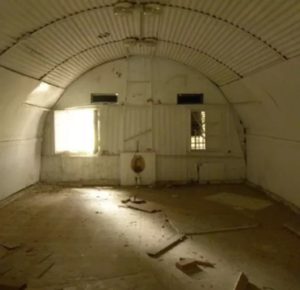
The inside of the Nissen hut: with almost not windows, no ventilation, no insulation – living in those hut was a hard (source: www.shapiroarc.com)
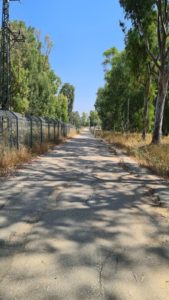
In the end of the road sets the original Air Traffic Control Building.
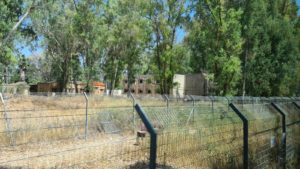
The base guarding company barracks.
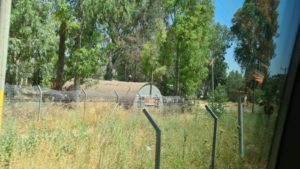
Another Nissen hut
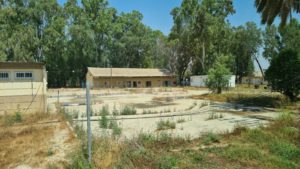
Yahalom base in the edge of the stright road.
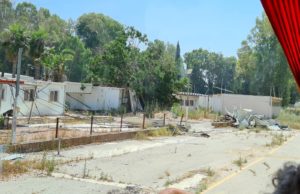
Negotiating unit set here
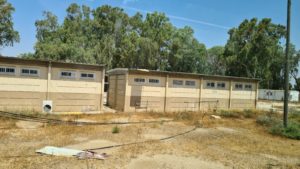
On the left building was the national bomb disposal
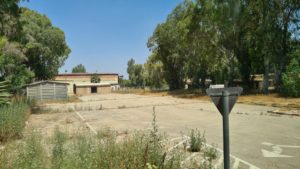
The gym
The weaponry
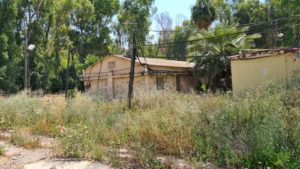
Yahalom unit commander building
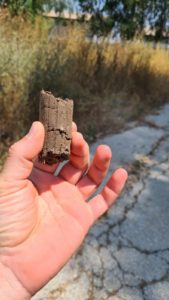
SPT remains, ground checking for construction that will come
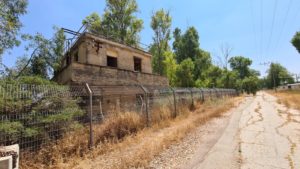
The original British Air Traffic Control (ATC) building of Sirkin Airport, for preservation.
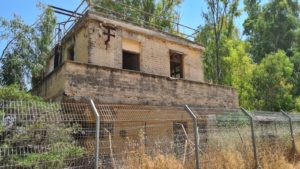
The building had a steel construction on top, covered with glass to allow clear all around view. It was taken to Israeli Air Force Museum (the guide Avi Moshe Segal, is the curator of the museum). When Petah Tiqva municipality representative in the tour heard she cried out: “You will bring it back!”.
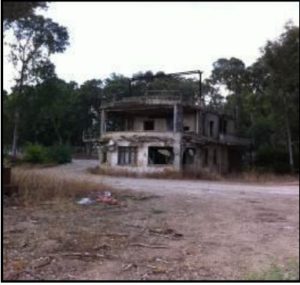
And from the other side (source: soil-remediation.co.il)
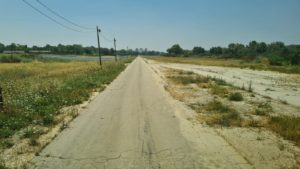
One of the airport runways used now as road (each one of the runways was 1,220 m long).
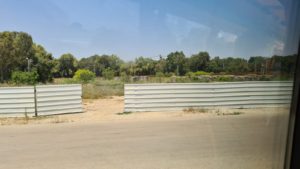
Here they have buried so mines (during training), I hope they will find them all…
looking on some forumes it seems there might be also Mosquito aircrafts burried in the area… ![]()
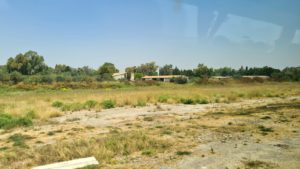
Another classified unit structures
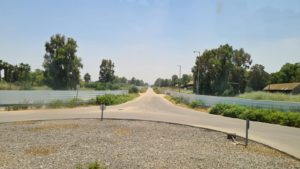
The crossing runway (1,220 m long as well). On the right is 55th Paratroopers Brigade drafting point used to be.
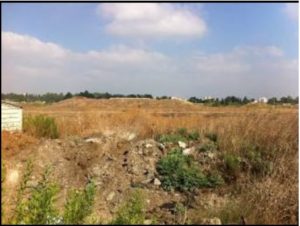
The bunker east of area B3 (source: soil-remediation.co.il)
Area B3
Hosted the one of the airport historical supporting area, but this is not why we visited it…
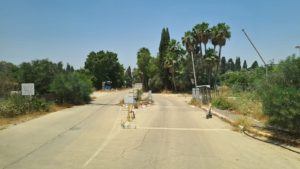
Sayeret Matkal base gate. The guard was a soldier from the unit without uniforms (make you understand how different the unit is)
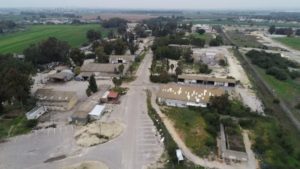
A pic of the area from above (Source: www.kipa.co.il)
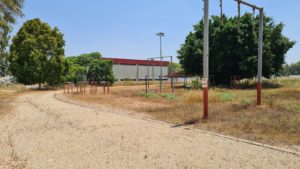
The unit physical training field
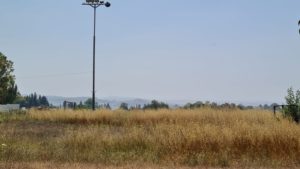
On the hill in the distance to the East is Migdal Tzedek (also called Mirabel), Atzva and I have bad memories from this place. Atzva wallet was stolen from my parents car, when we went there for one of our first hike-dates.
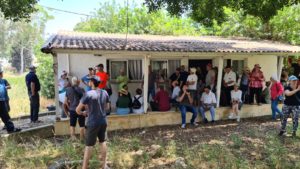
An original British building that was the unit first building. Here Cheeta told us about the mission he and his younger brother (Nechemiah Cohen) parcipeted together (Operation Kachal 1-2.12.1956) – Cheeta leading the 3 Sikorsky S-58 helicopters into the depth of Egypt and Nechemiah as leading Sayeret Matkal force. Cheif of staff back then, Yitzhak Rabin, was worried to have both brothers in the same aircraft and ordered them not to enter Egypt together. On the way back Nechemiah was on Cheeta helicopter, and when the last asked Nechemiah why he did so and go over Rabin ordered he answered: “He said we are not allowed to enter together, not to go out together.” Later on when Rabin questioned the force after the mission Cheeta raised his hand and tell he and his brother flew toghther on the same aircraft. Rabin looked at him and said: “Well, I said you are not allowed to enter together, I did ordered you not to go out together.” and they all laghthed (kind of Israeli combina)
Against it is the huge Ficus tree. Where the soldiers set, waiting for the orders in the unit first days.
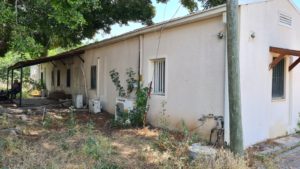
Behind the Ficus used to be the unit commander office.
The unit commander office
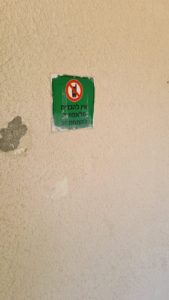
No Cellphones allowed
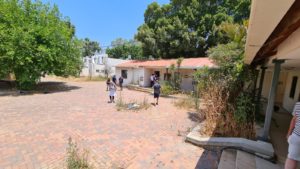
The unit commander office yard – where the soldiers set ready for their biggest operations: Sabena, Entebbe, Aviv Neurim….
The auditorium building – thinking on soldiers sitting here listening to the results of the mission they have done.
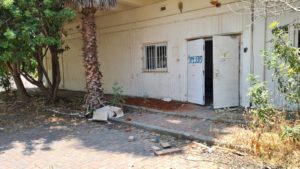
Potential
The meeting room
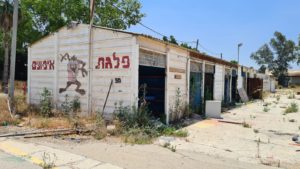
Training squadron
Another original British building – built as a vault with buttress
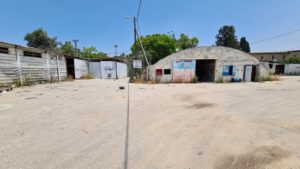
The equipment yard, where the soldiers spread arranged the equipment needed for the mission
Shoes
Bunker
He didn’t clean his weapon, and you?
A video of the base
In the end this an ordinary or even below average IDF base by its facilities. Especially compared to Saheytet 13 base (the other IDF elite force). What makes you understand it is really not about the weapons,buildings or the equipment- it is only about the people…
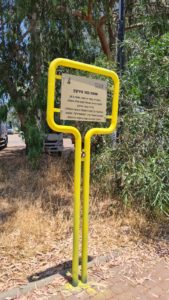
A sign on the road outside the base, telling the story on Lehi attack on the aircraft in Sirkin Airport on 26.02.1946. Like the signs we have in Ramat gan. You can read notes in Hebrew here.
Historical Pics
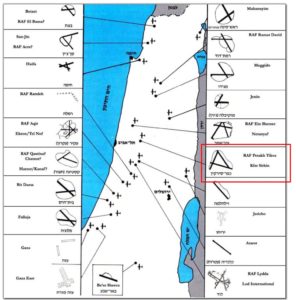
A map of the 22 airports and airfields built by the British at 1941-1942 during WWII.
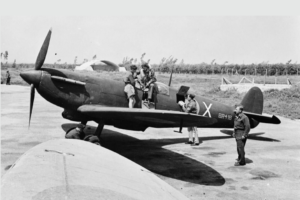
Supermarine Spitfire aircraft in Sirkin airport (Source: IWM)
“Hagana” members guarding the former British RAF Sirkin Airport. Those buildings are probably HAS. (Source: Wikipedia.com)
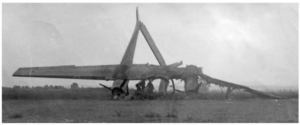
The squadron 103 Noed destroyed at Sirkin airport was the only aircraft IAF lost on ground on June 5, 1967 (Source: Six-Day War 1967: Operation Focus and the 12 hours that changed the Middle East)
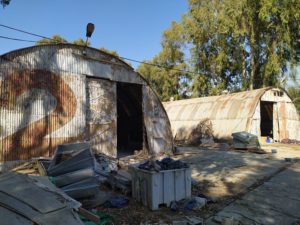
Nissen hut pictures (Source: Even Derech)
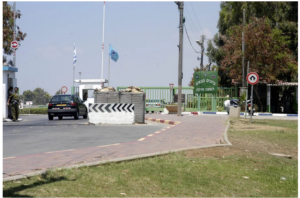
Sirkin base gate at 2017 (Source: TheMarker.com)
Historical Aerial pics
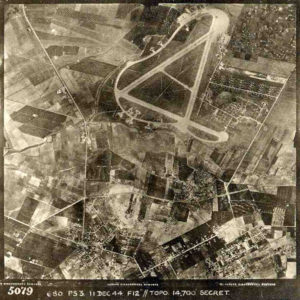
Sirkin airport aerial photo by RAF from 1944 (Source: Wikipedia.com)
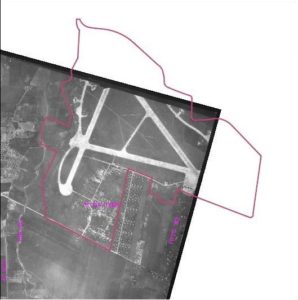
1946 – mostly the original airport buildings (source: soil-remediation.co.il)
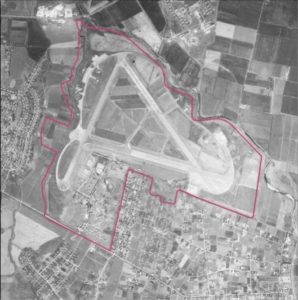
1956 – only small amount of new military buildings in the base. Kfar Sirkin had expended and Mabarat Belinson was founded East to the airport (it later on became a neighborhood in Petah Tikva) (source: soil-remediation.co.il)
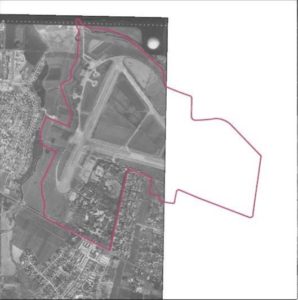
1966 – Much more buildings in the base and it got covered in trees (source: soil-remediation.co.il)
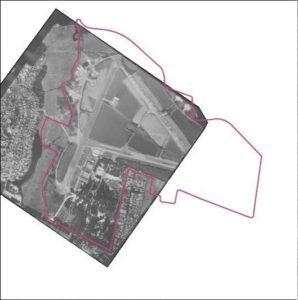
1975 – Area A is covered with trees and many new buildings were built in area B3 and you can also see the ammunition bunker east of it (source: soil-remediation.co.il)
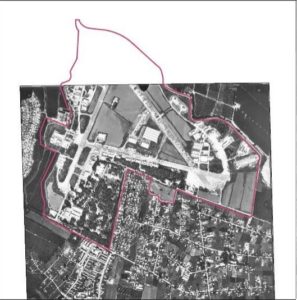
1986 – The biggest expansion of the base, mainly north of area A (shooting ranges, and reserves storage and also in Area B3 and Area B1 was built (source: soil-remediation.co.il)
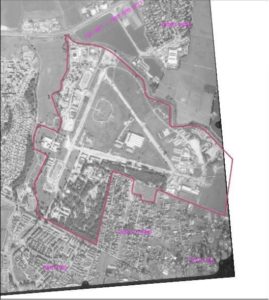
2007 – The base on its pick, as the base was started to be evacuated from this year on. The main expansion was on Area B2 (source: soil-remediation.co.il)
The trail route
The tour hike (Source: IsraelHiking.osm.org.il)
סיירת מטכ”ל, בסיס סירקין, יהלו”ם, עוקץ, בה”ד 1, ביה”ס לטיסה

